끝의 종 아카이브 페이지
컨텍스트_
“지난 작업기간 중 핵무기와 관련된 시설을 리서치 하는 과정에서 “핵폭탄 투하에도 견딜 수 있도록 수 겹의 강철판과 콘크리트로 감싸져 있고, 지하 깊은 곳에 벙커 형식으로 설계되어 산소 및 물기가 제거된 채 밀봉된 씨앗―일종의 생명을 보존하는 개념”을 가진 시드볼트(Seed Vault)가 북극과 한국에 위치한다는 것을 인지하고 관심을 가지게 되었다. 그 후 2022년 러-우 전쟁이 발발하고 (전쟁의 기억을 잃지 않기 위해 ‘Open Your Eyes‘ 라는 유튜브 채널의 개설하여 국가별 전쟁관련 뉴스들을 아카이브 했다) 그에 더해 쏟아지는 환경위기 뉴스들을 보며 참담하게도, 날로 창창히 발전해가는 파괴의 수단에 비해 우리가 가지고 있는 ‘회복의 수단’ 혹은 ‘대비’ 랄 것은 어디까지 와있는가 에 대한 질문에 답을 찾고자 본격적인 연구와 작업을 진행하였다.“
CONTEXT_
“During my previous project, I became aware that “Seed Vault” are located in both the Arctic and South Korea as part of the research process related to ‘Nuclear-weapon and facilities’. This Seed Vault are designed in a bunker format, encased in multiple layers of steel and concrete to withstand nuclear bomb attacks. They are situated deep underground, sealed with removed oxygen and moisture, preserving seeds as a form of life. In 2022, the Russia-Ukraine War erupted(To preserve the memory of war, I established a YouTube channel called “Open Your Eyes” and archived war-related news from various countries), and in addition to the deluge of environmental crisis news, I embarked on a comprehensive study and work related to the question of “How far we have come in terms of ‘Recovery mechanisms’ or ‘Preparedness’ compared to the destructive means, we possess.”
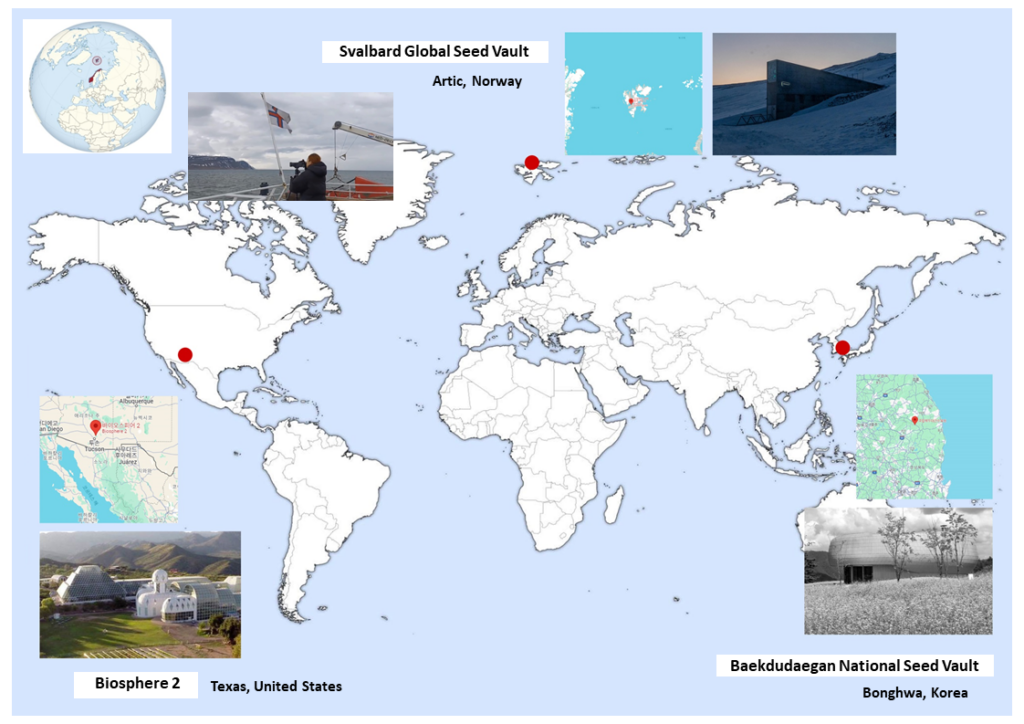
〈끝의 종〉 프로젝트(2022-)는 세 개 나라―북극 스발바르(노르웨이), 한국, 미국에 각 위치한 세 개의 ‘멸종에 대비하는 시설’에 대한 작가의 관심과 연구가 기본 바탕을 이루고 있으며 영상, 사진, 음악(작곡가 협업-음악 포스터 제작), 환경연구자와의 협력 과정, 아카이브 자료들을 시각화하는 것으로 작업 전체를 구상, 진행하고 있다. 각 기관에 대한 기본적인 연구와 접촉은 2022년 상반기부터 이루어졌다. 몇 달에 걸쳐 현지 연구자와 작업에 관련된 제반 사항들에 대해 조율하였고 그해 오월, 한국다산과학기지 아래 위치한 스발바르제도-롱이어뷔엔(Longyearbyen)을 방문하였다. 그리고 그곳에 건립되어 있는 ‘시드볼트’(Svalbard Global Seed Vault, 국제종자저장소) 시설과 급격한 기후변화로 인해 빠른 속도로 환경이 변화하고 있는 북극 일대 및 주변 지역을 촬영하였다.
시드볼트는 현재 지구상에 단 두 곳, 북극 스발바르제도(노르웨이 소재)와 한국 국립백두대간수목원(봉화 소재)에 건립되어 있다. 국가보안시설로 지정된 이곳의 기본적인 목표는 반입된 종자(씨앗)가 여러 이유로 멸종했을 경우, 다시 재배해서 부활시키는 ‘최종 생태계 백업시스템’을 수행하기 위함이다. “최후의 날 금고(Doomsday Vault)” 또는 현대판 “노아의 방주(Noah’s Ark)”라는 별칭으로 불리는 스발바르 시드볼트는 식량과 관련된 작물종자를, 한국 국립백두대간 시드볼트는 야생식물과 관련된 종자를 수집, 보존한다.
두 시설 중 스발바르 국제종자저장소는 2008년, 북극이라는 상징적인 위치―전쟁과 기후위기에서 비교적 안전하다고 여겨지는―에 최초로 건립되었다. 몇 년 후 시리아의 유전자은행이 내전으로 파괴되고 그곳에 저장해둔 종자를 포기하게 되면서 2015년, 당시 시드볼트에 보관 중이던 씨앗을 모두 반출하여 레바논 외곽에 옮겨 심고 국가 작물을 재건하는 사례가 발생했다. 이를 계기로 현재는 스발바르 시드볼트가 ‘국제적 평화의 상징’으로 여겨지고 있으나, 한편의 시각에선 이미 이러한 영구보존시설이 건립되고 사용되고 있는 상황에 대해 큰 경각심을 가져야 할 것을 촉구한다.
Bell of the End Project (2022-) is built upon the artist’s interest and research regarding Three facilities―‘Extinction Preparedness’ located in Three different countries: Svalbard in Arctic(Norway), South Korea and the United States. The project encompasses video, photography, music (collaboration with composer/ Music poster), collaborative efforts with environmental researchers, and the visualization of archival materials. Over the several months, Kim coordinated with local researchers on various matters related to the project. In May of that year, she visited Longyearbyen, located beneath the Korean Dasan Science Complex on the Svalbard. There, she filmed of the rapidly changing environment in the Arctic region and its surrounding areas due to the drastic climate shifts. And documented the Svalbard Global Seed Vault, an establishment designed to safeguard international seed resources.
The Svalbard Global Seed Vault, also known as the “Doomsday Vault” or the modern-day “Noah’s Ark,” is currently established in only two locations on Earth: beneath the Norwegian Svalbard archipelago (specifically in Longyearbyen) and at the Korea National Arboretum in Bonghwa, South Korea. Designated as a national security facility, its primary objective is to serve as a “Final Ecosystem Backup-system.” In the event that imported seeds face extinction due to various reasons, the vault aims to revive them through cultivation. The Svalbard Seed Vault focuses on collecting and preserving crop seeds related to food security, while the Korea National Arboretum Seed Vault concentrates on wild plant seeds for conservation purposes. Among the two facilities, the Svalbard Global Seed Vault, established in 2008, was the first to be built in a symbolic location: beneath the Arctic region―considered relatively safe from war and climate crises―. A few years later, Syria’s gene bank was destroyed during its civil war, leading to the abandonment of seeds stored there. In 2015, all the seeds that were previously housed in the Svalbard Seed Vault were exported and replanted on the outskirts of Lebanon, contributing to the restoration of the nation’s crops. As a result of this incident, the Svalbard Seed Vault is now regarded as a ‘symbol of international peace’. However, from another perspective, there is a pressing need to be cautious about the establishment and utilization of such permanent conservation facilities.


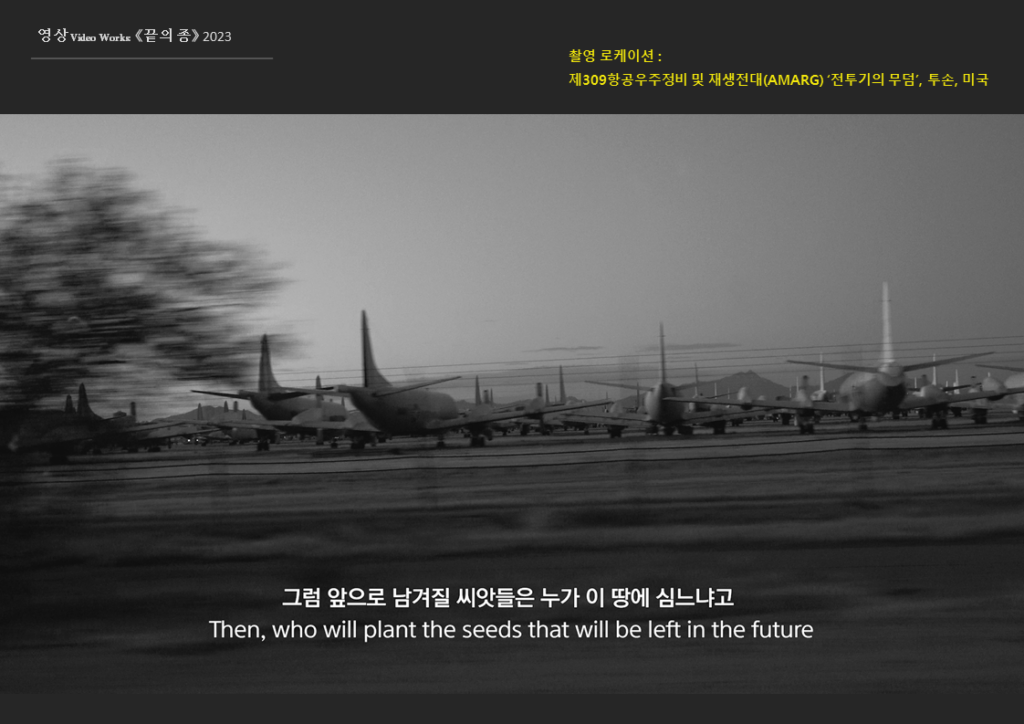
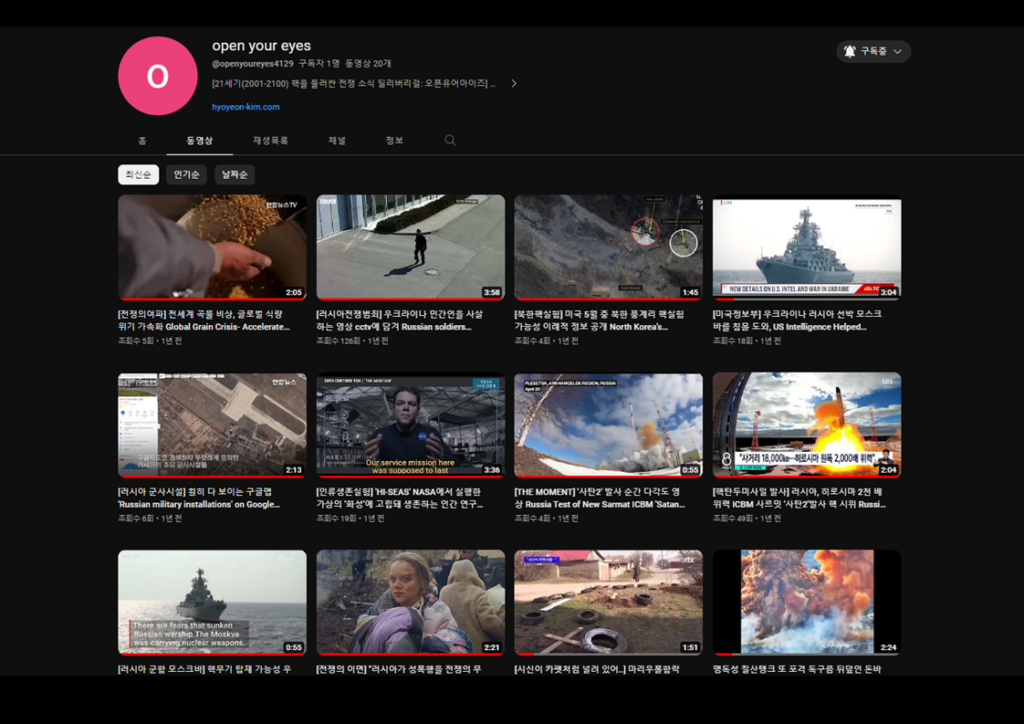
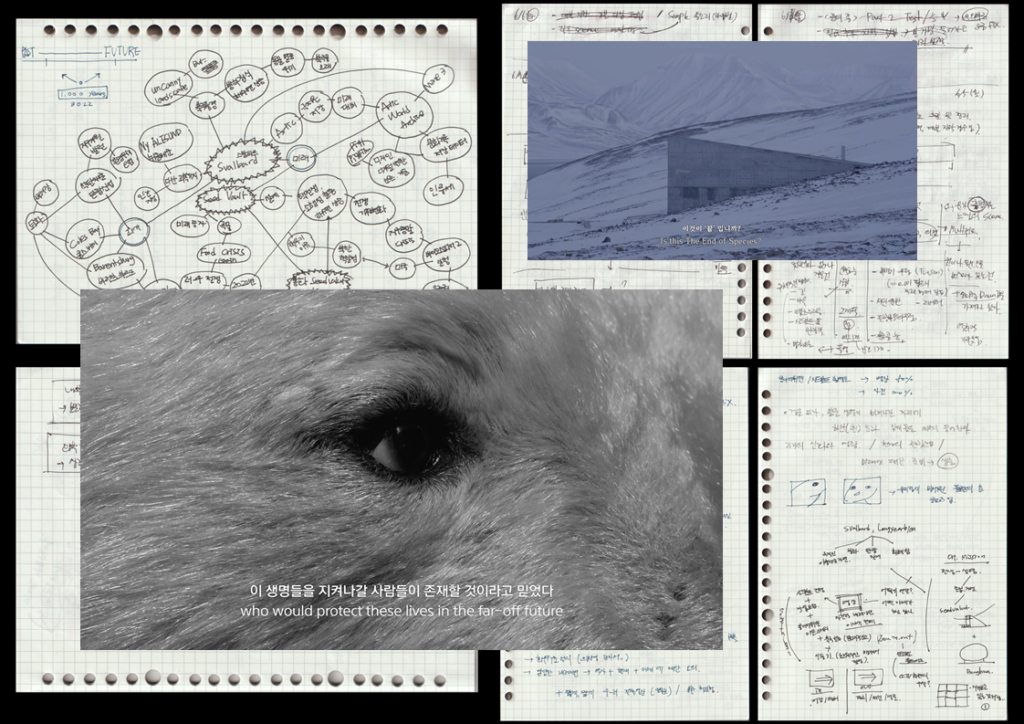
The Natire ll Archives List_
―8 Researchers and ‘Biosphere 2’ experiment sketch (1991-1993), Texas, US
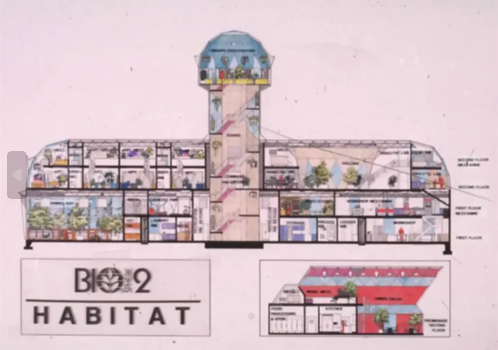
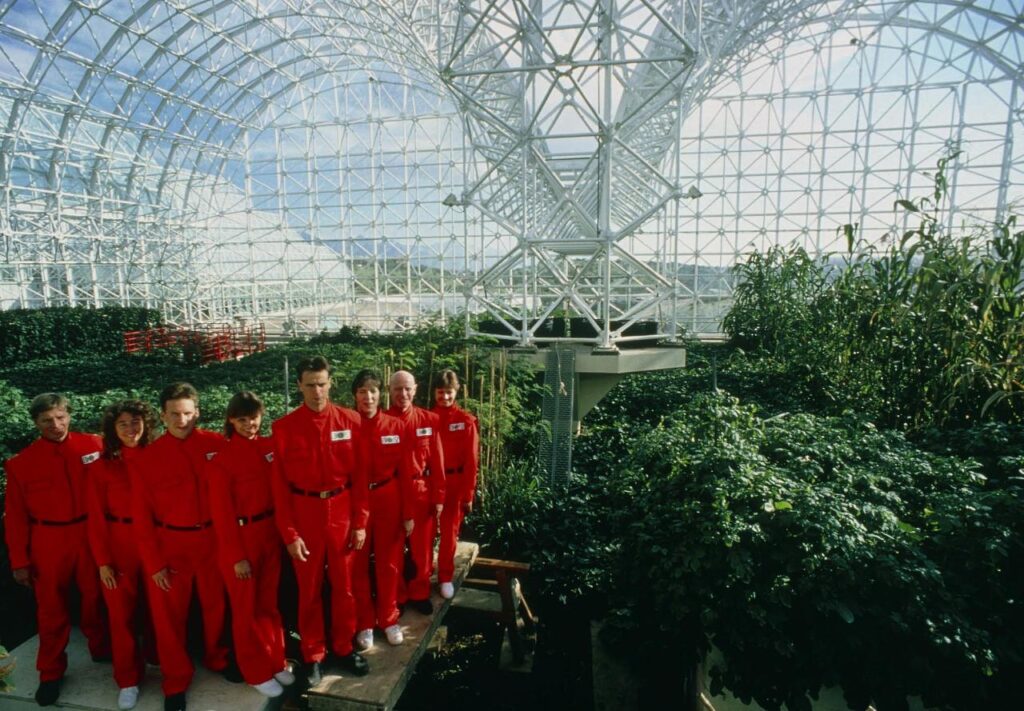
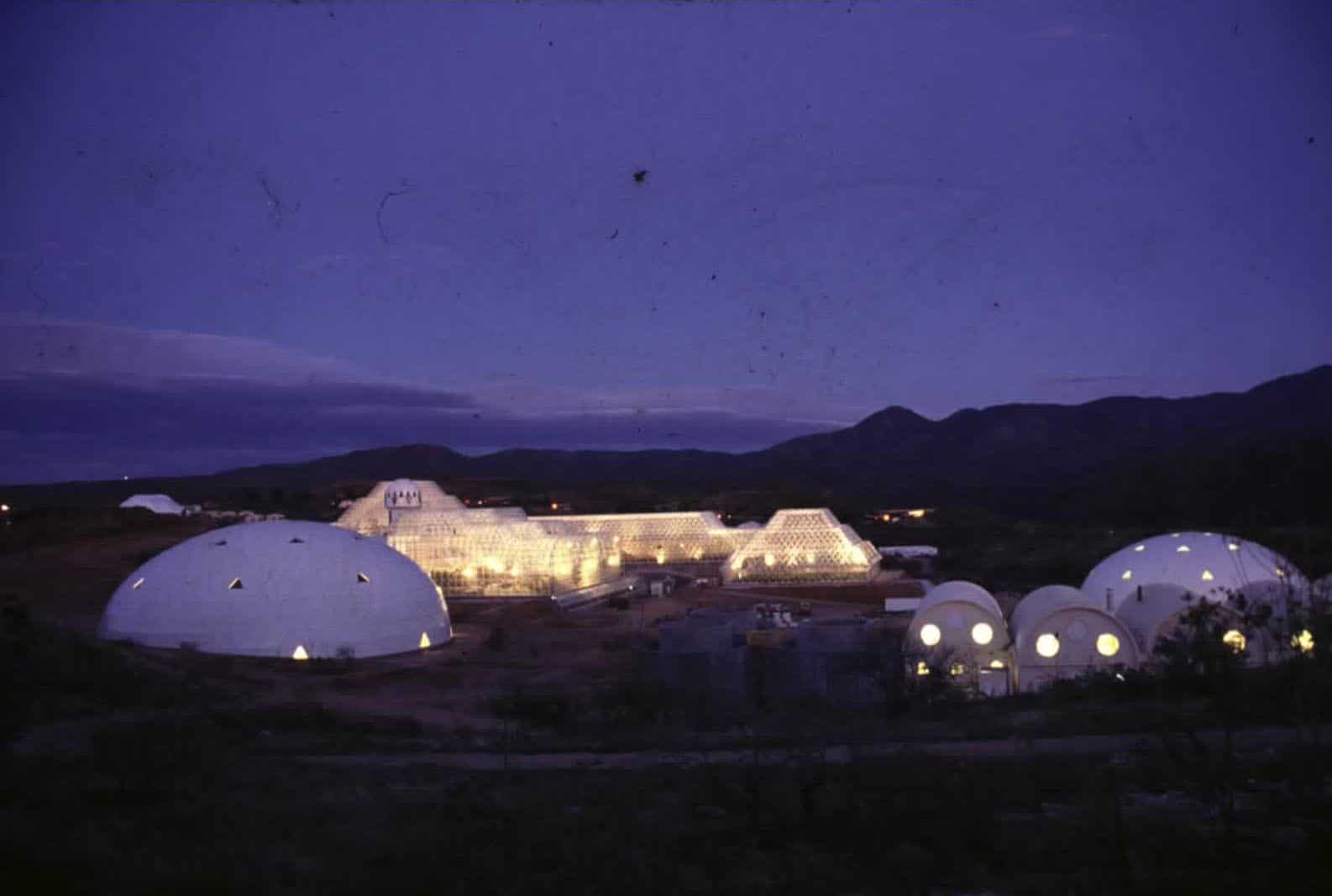
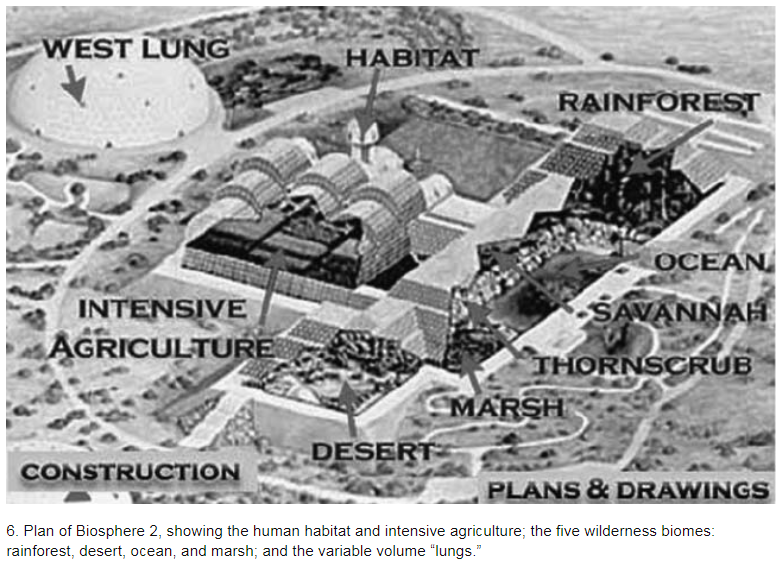




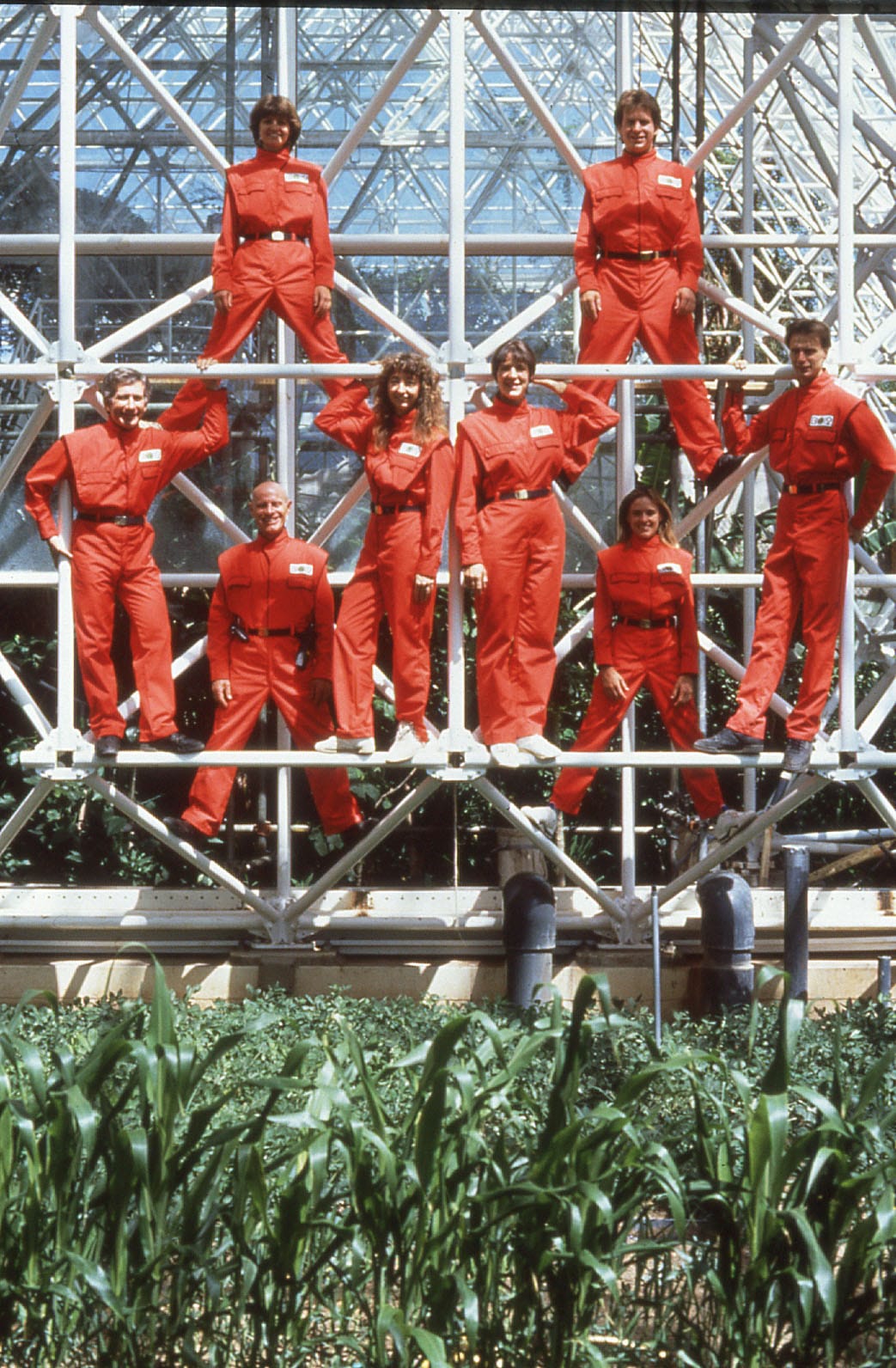

Leave a comment